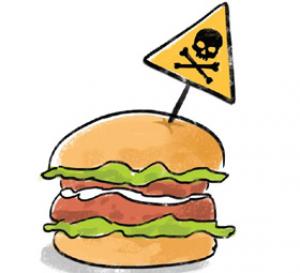
What was 2016 like for children and young adults? From a global report to a national plan, from events like the US elections to the Olympics, we examine the year with a lens of a young person...

“Jhuru . . . jaldi neeche aao,” Amma shouts. Jhuru is atop a hill with his friend Bagha the leopard sprawled next to him. “Bagha, why do they always call me when I am with you?” “Well, they don’t want us to be together,” says Bagha licking his paws. “Or are they scared?” Jhuru asks. He gets up and shouts, “Amma, aataa” and proceeded to sprawl again next to Bagha.

A group of students have come together to address their water worries The aqueducts connecting the roof to the ground have been aesthetically designed as a part of the building through tiled wall depressions rather than pipes. The rainwater collected from the roof directly recharges the percolation pits. Even inside the building, there are open courtyards with steps for the water to move down and recharge the groundwater. Our sole aim as of now is to recharge the groundwater aquifer, which is a problem in a city like Gurugram, which suffers from alarming drop in groundwater levels. It is due to this, that we are privileged to …

For those of you who often end up at fast-food restaurants in search of a bite, here is an eye-opener. According to global estimates, by 2025 some 268 million children aged 5 to 17 years may become overweight, including 91 million obese. Obesity-linked diseases are projected to increase sharply too; in 2025, up to 12 million children are likely to suffer from impaired glucose tolerance, 4 million will have type 2 diabetes, 27 million will have hypertension and 38 million will have fatty liver. Does this forecast sound alarm bells, kids?

It is estimated that over 40 billion plastic kitchen utensils—including 14–18 billion plastic spoons—are produced every year. Given our low rate of reusing and recycling them, most of this cutlery ends up in landfill sites, or worse, in oceans and lakes! Here, they contaminate the land and soil for at least 450 years—the time plastic takes to degrade. Simply put, this is a recipe for disaster! But there are edible alternatives, read on...

A Kolkata man has taken it upon himself to document life and livelihoods along the river Ganga[The Ganga] is dying. Pollution from the factories and farms of the fastest-growing large economy in the world . . . has turned its waters toxic—BBC The Ganges, India’s holy river, is also one of the most polluted in the world . . . There are many causes of Ganges river pollution—English Online

